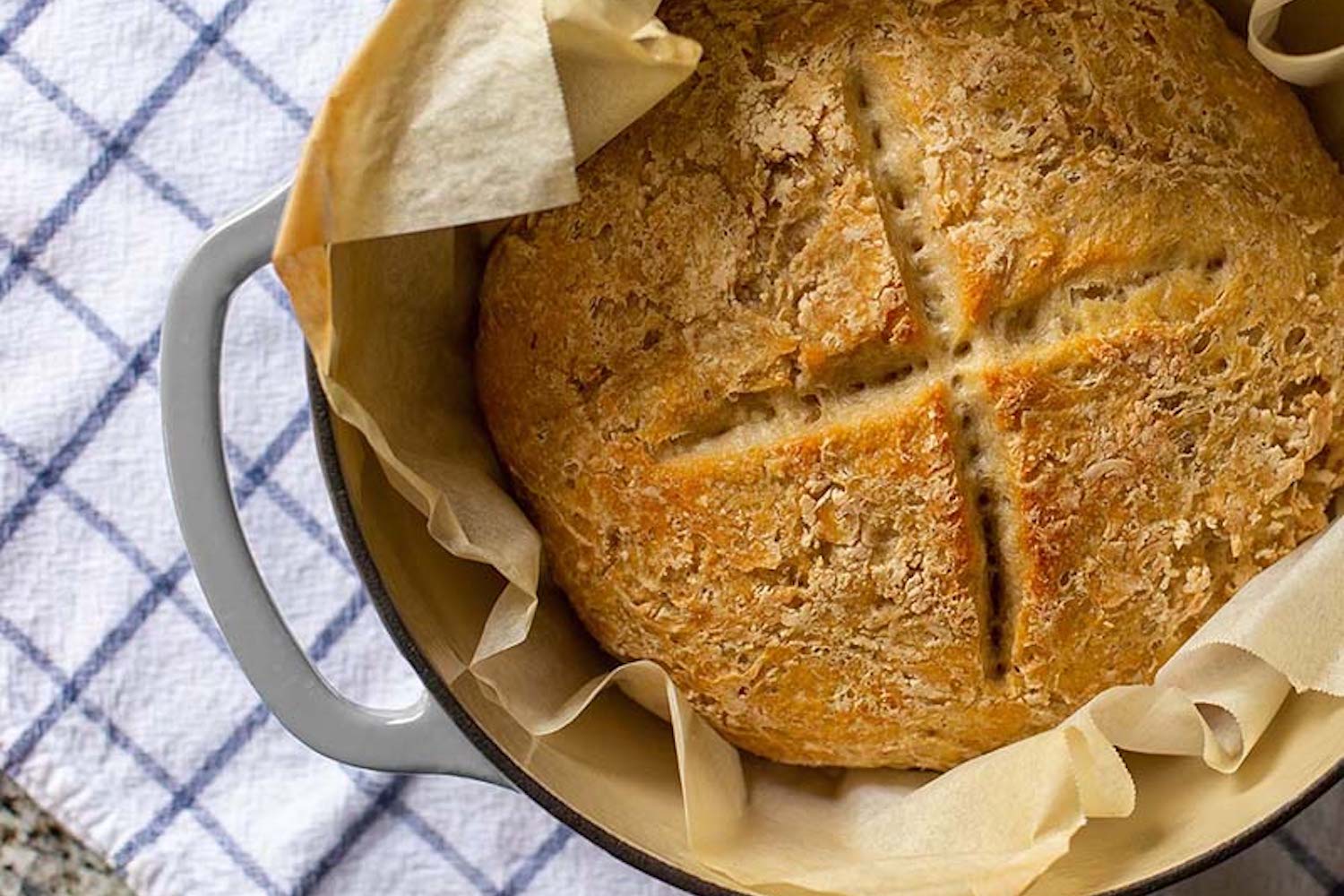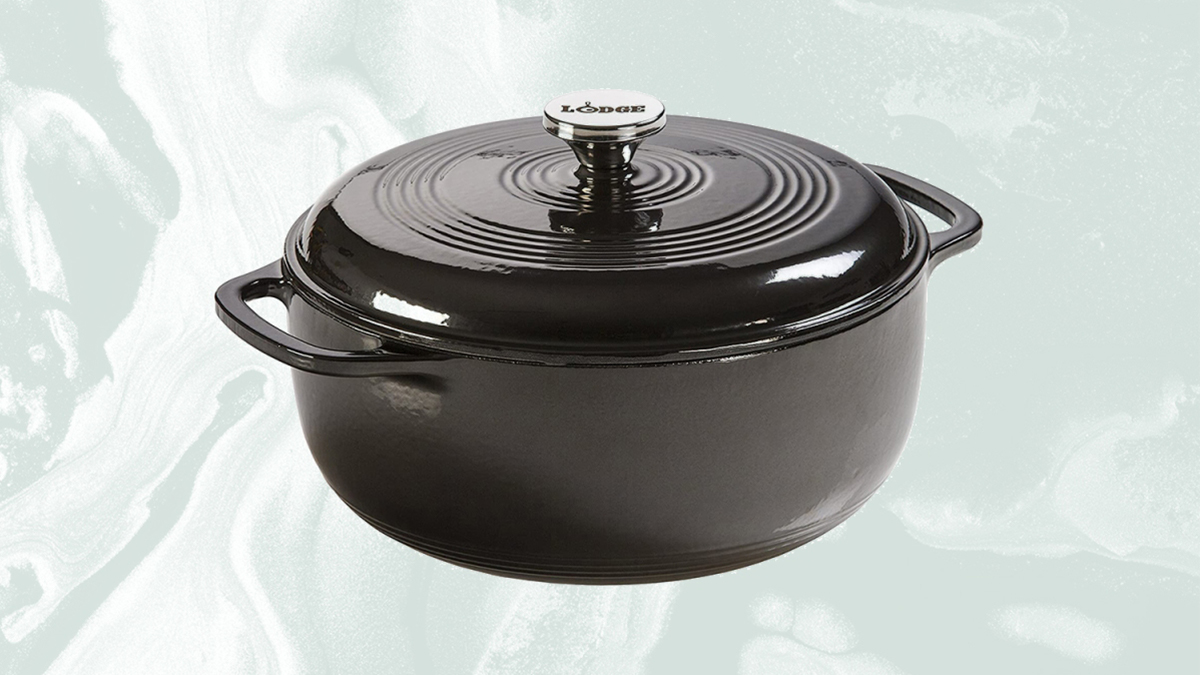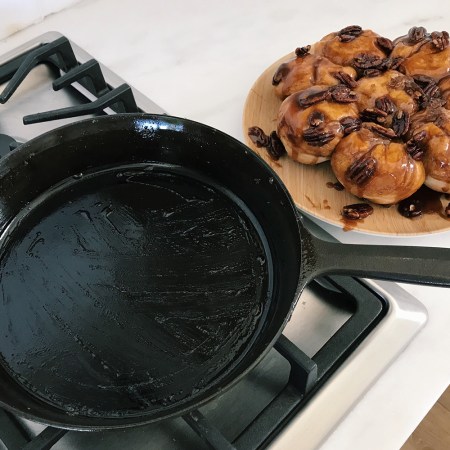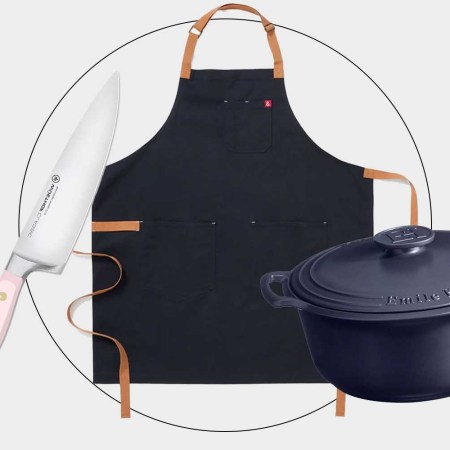Nota bene: All products in this article are independently selected and vetted by InsideHook editors. If you buy something, we may earn an affiliate commission.
Any cooking implement worth its salt has the potential to be an heirloom. Your Japanese chef’s knife, trusty pasta makers, even a well-maintained wooden cutting board can be passed down between generations. There is, however, one specific piece of cookware that has become the standard-bearer for this kind of reverence: the Dutch oven.
Ah, the Dutch oven, the multi-cooker of yore, the Instant Pot without the mechanical failures. The pots can boil stews, braise a mean brisket and whip up a one-pot pasta any night of the week. There are dozens of brands to consider when buying one, and most people will tell you to go for the durable simplicity of enameled cast iron.
Somewhere along the way, everyone got it in their head that, if you were a serious home cook or someone who simply wanted to convey that when guests came over, you had to buy one of two French brands: Staub or Le Creuset. Don’t get us wrong, if you can afford these brands, which cost around $360 for the former and $420 for the latter for a middle of the road 5.5- to 6-quart size, go for it. They’re dependable and, yes, heirloom-worthy.
I for one did not want to pay over $300 for a Dutch oven. But when the pandemic forced me and my girlfriend into our apartment for days on end, I realized that I needed one, because my bare, oil-seasoned cast iron pots weren’t cutting it in the bread-baking department. I needed that slick enamel, so I set out on the great Dutch oven quest of 2023.

Where I landed was not on some more affordable direct-to-consumer upstart or on the hallowed brands of old. Instead, I picked up a 6-quart Dutch oven from Lodge Cast Iron. It doesn’t just cost less than Staub and Le Creuset, it’s miraculously available for under $100. And after putting it through its paces for a few months, any hesitations I had about quality were quickly dismissed.
The Lodge Dutch oven has proved itself on my gas stovetop (though the company says it works on induction stoves as well), resisted chipping (which can’t be said for some of the newer startups) and cooked evenly for being such a heavy piece of cookware. Cleaning has been a breeze, too, which cannot be said for the other non-enameled Lodge pieces I have. Unfortunately, I haven’t been able to test whether or not it will hold up for the rest of my life until I pass it onto my potential, as-yet-unborn children — or to a bargain hunter at an estate sale when young people in the future forego cooking for some nutrient-dense paste — but I’m confident it will stick it out.
There is one reason why a discerning cook may want to stick with Le Creuset and Staub, though. While Lodge, an American company, does make its seasoned cast iron in the U.S., its enameled pieces are manufactured in China. Meanwhile, the French brands still make their signature Dutch ovens in France. If that’s important to you, then by all means stay the course, but the quality issues American buyers associate with Chinese goods are not found here. All I’ve experienced is a top-notch, all-in-one pot that just happens to be made overseas in a non-European country, and that’s OK by me.
We've put in the work researching, reviewing and rounding up all the shirts, jackets, shoes and accessories you'll need this season, whether it's for yourself or for gifting purposes. Sign up here for weekly style inspo direct to your inbox.


















